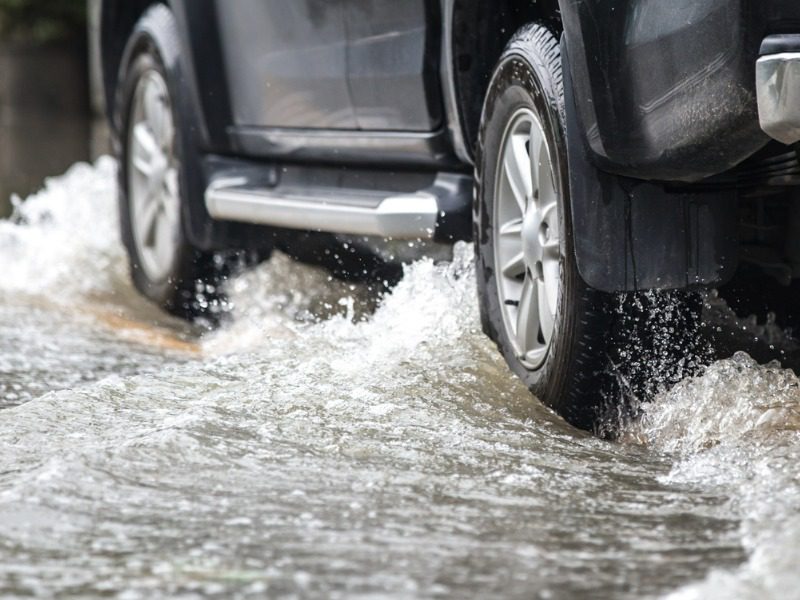Did Toronto dodge a bullet with second major rainstorm?

Two major rainstorms in just over a week put Toronto over the mark to see its wettest July on record, according to Environment and Climate Change Canada (ECCC).
Since the start of July, the city’s seen 186 millimetres of rain, says ECCC. More than half of that fell in a July 16 deluge that flooded commercial and residential buildings, major arterial roads and subway stations across the region. P&C industry sources predict that storm, which dropped 97.8 millimetres of rain (more than an average month’s worth) over the span of a few hours, to cause insured losses exceeding $1 billion.
Related: Regulator lifts adjuster licensing restrictions after Ontario flooding
Which begs the question, did a second, July 24 storm — which dropped an extra 22 millimetres in an hour on an already-soggy Toronto — bring a fresh batch of claims for adjusters who haven’t yet pieced together the loss picture from July 16th’s downpour?
Maybe not, say adjusters we checked with.
“Although quite strong, the second weather system did not see a significant spike in claims,” Anita Paulic, ClaimsPro’s director of operations and catastrophe response tells CU. “Water receded very quickly.”
Other adjusters we contacted concur the July 24 sequel storm gave the city a free pass.
By contrast, following the July 16 storm, Paulic noted her firm was handling a high claims volume and “a number of bulk assignments” from her insurer clients.
Last Wednesday’s secondary storm did result in flooding in Toronto’s lower lying areas, along with repeat closures on the Don Valley Parkway and Lake Shore Boulevard.
Related: Would a Cat bond work for major flooding? ILS expert weighs in
Further, a city advisory asked people not to drive through flooded areas or ponds that formed on streets; sound advice given the number of motorists requiring rescue when their vehicles stalled out in the mid-July storm.
July 24th’s flooding also caused subway trains to temporarily skip their stops at both St. Patrick and Osgoode stations, although full service was restored in time for the evening rush.
Deja vu all over again
As the industry awaits a complete loss estimate, industry sources can’t help but see strong similarities between the July 2024 storms and the massive storm that crippled Toronto on July 8, 2013.
Toronto’s 2013 flooding contributed to the second-costliest insured loss year in Canada’s history, according to IBC. Alone, it cost the industry $1 billion in damages (adjusted for inflation in 2021). However, this year’s major storm spanned a larger geographic area, experts say.
Related: Will insurers be able to manage Toronto flood claims?
Precipitation spanned across southwestern and eastern Ontario, “where 2013 was mostly confined to the GTA,” says Laura Twidle, CEO of Catastrophe Indices and Quantification Inc.
On top that, says Glenn McGillivray, managing director of the Institute for Catastrophic Loss Reduction, “we have 11 years of added inflation. So, I wouldn’t be surprised if we’re up over $1 billion on this one.”
One major difference between the 2013 and 2024 storms, though, is that overland flood coverage wasn’t available for homeowners in 2013. It is now.
“In fact, the flood event in 2013 in Ontario, combined with the flood event in southern Alberta in 2013, was really the catalyst for the insurance industry to develop the residential overland flood product that we see today,” Rob de Pruis, Insurance Bureau of Canada’s national director of consumer and industry relations, told CU following the July 16 storm.
Related: Candid feedback on how consecutive Cats strained resources
Feature image courtesy of iStock/Marcin Kilarski



